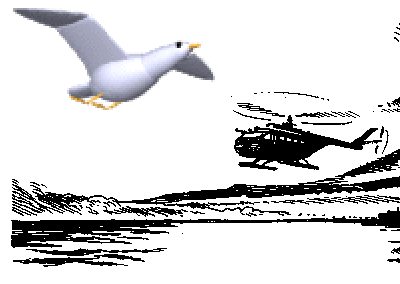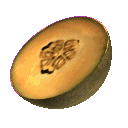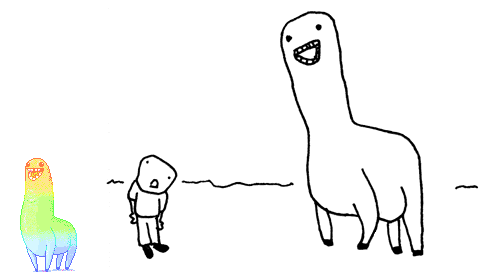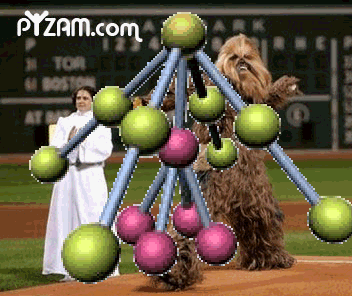







dump.fm made some new digital pogs a couple of days ago; they're now compiled together on a page (not work safe, unlike the original group from 4 years ago--it's almost like these artists don't want to be in a museum!). [more background from lalblog on the original group]
top to bottom, left to right: noisia (3), jeanette (3), hypothete, johntransue
Update: A friend emailed to say, in response to the above statement "it's almost like these artists don't want to be in a museum!"
Yeah, but if they got asked to be in one you know they'd say yes without hesitation.
To which I replied:
I was contrasting this group's lack of readiness to self-police with the original pog group--of course they'd allow themselves to be legitimated but they'll never be asked as long as they're doing goatse and big boobs!
Update 2: Fixed the image order description: it's top to bottom, left to right, not what I originally wrote.





